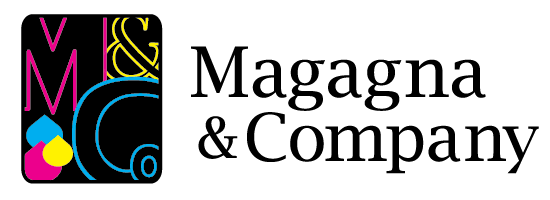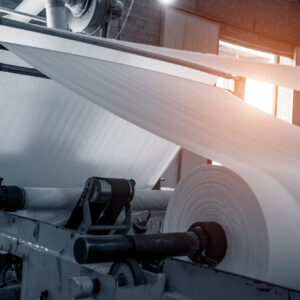Digital Printing: Digital printing is the cheapest way to go for smaller print runs. It uses a process more similar to a home or office printer that creates the image directly on the paper instead of transferring ink to plates. It is also the only way to print items that require variable data such as a unique code, name, or address.
Digital prints CMYK, Black and White or CMYK blends of spot colors.
According to Wikipedia, digital printing is defined as:
…methods of printing from a digital-based image directly to a variety of media. It usually refers to professional printing where small-run jobs from desktop publishing and other digital sources are printed using large-format and/or high-volume laser or inkjet printers. Digital printing has a higher cost per page than more traditional offset printing methods, but this price is usually offset by avoiding the cost of all the technical steps required to make printing plates. It also allows for on-demand printing, short turnaround time, and even a modification of the image (variable data) used for each impression. The savings in labor and the ever-increasing capability of digital presses means that digital printing is reaching the point where it can match or supersede offset printing technology’s ability to produce larger print runs of several thousand sheets at a low price.
The Digital Printing Process
The greatest difference between digital printing and traditional offset printing methods is that it does not use plates for the ink. This results in quicker turnaround time and lower cost when using digital printing, but typically a loss of some fine-image detail by most commercial digital printing processes. The most popular methods deposit pigment or toner onto a wide variety of substrates including paper, photo paper, canvas, glass, metal, marble, and other substances.
In many of the processes, the ink or toner does not soak into the paper, but rather forms a thin layer on the surface. Additional layers may be adhered using a fuser fluid with heat process or UV curing process.
Advantages of Digital Printing
- Cost – pre-press/setup costs are significantly lower than offset printing methods. This makes for cost-effective short run printing.
- Size – Digital images can be produced in virtually any size from a few inches wide to over sixteen feet in width. For even larger graphics, images can be “tiled” and assembled in pieces.
- Turnaround time – Digital printing simplifies the printing process because it allows for quick turnarounds and the ability to change images “on the fly” without a need to create additional plates.



